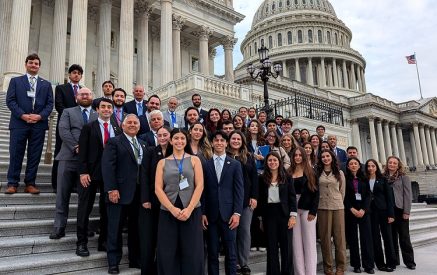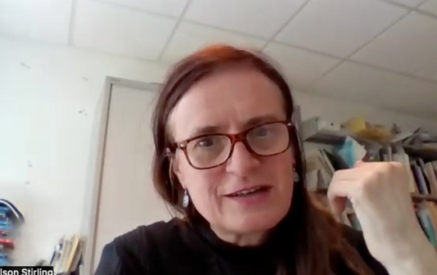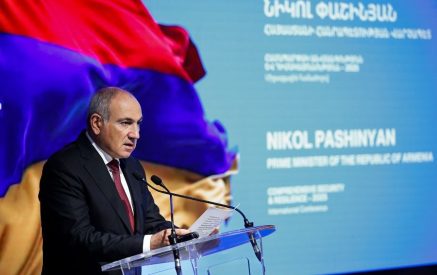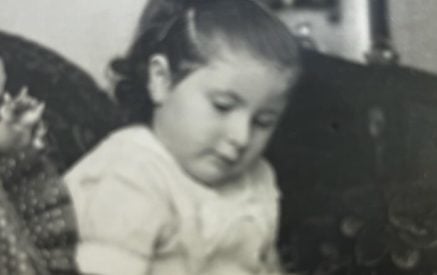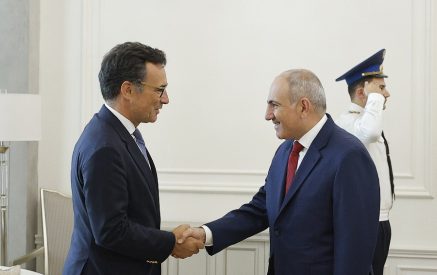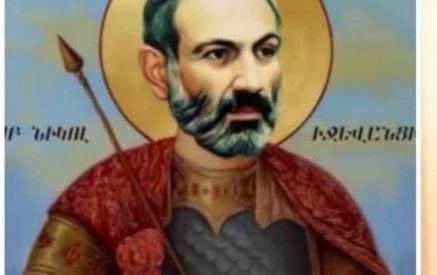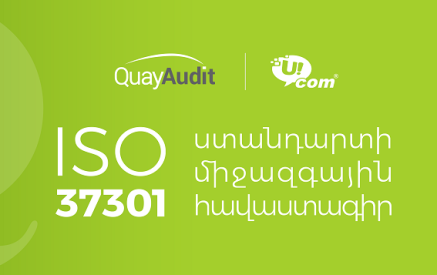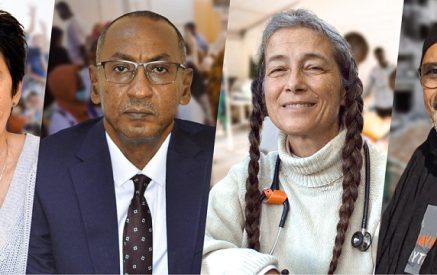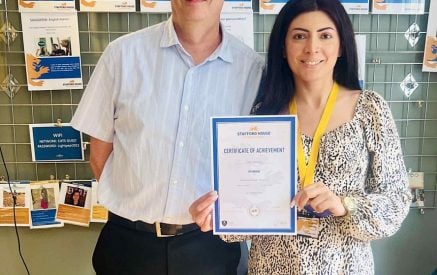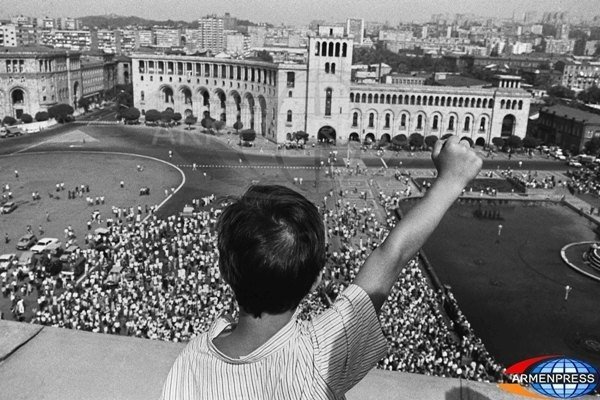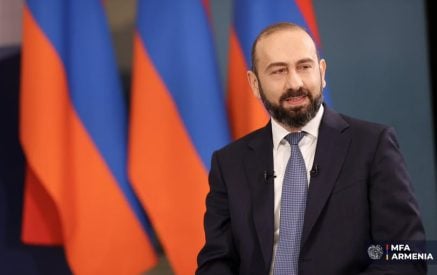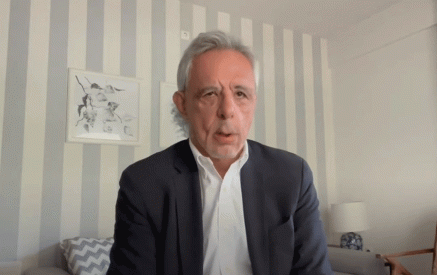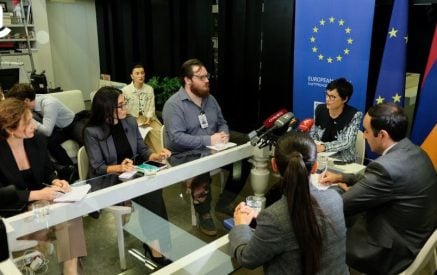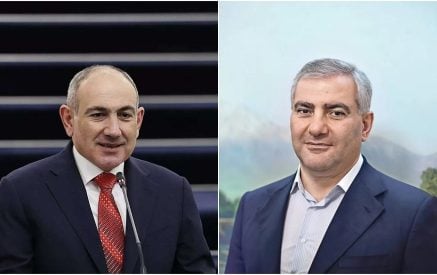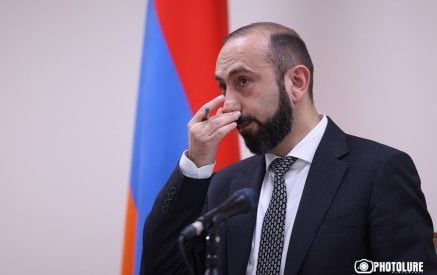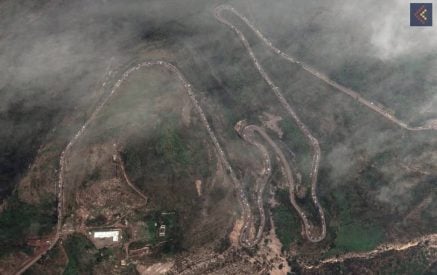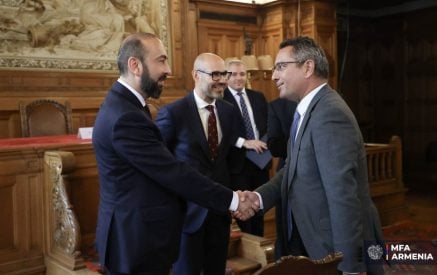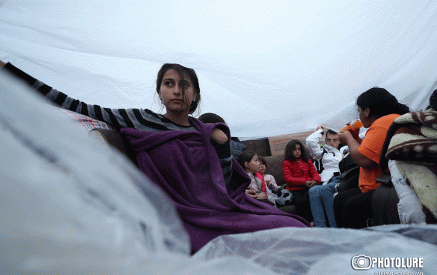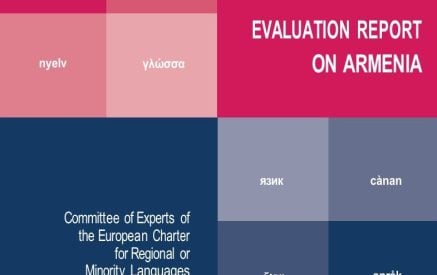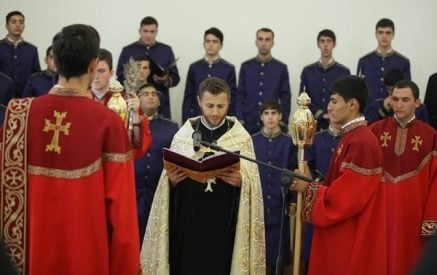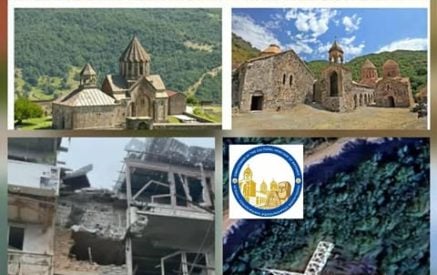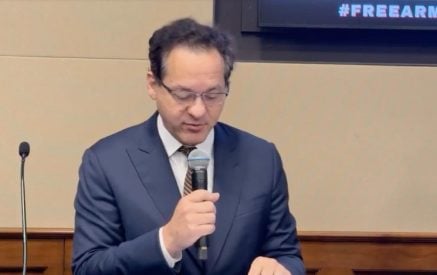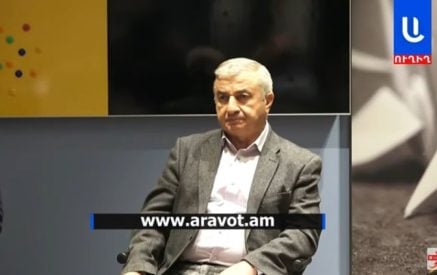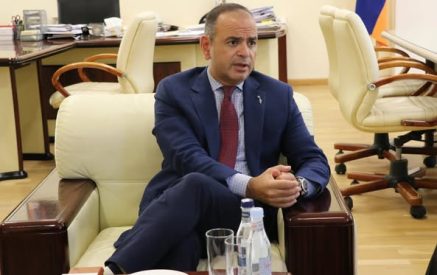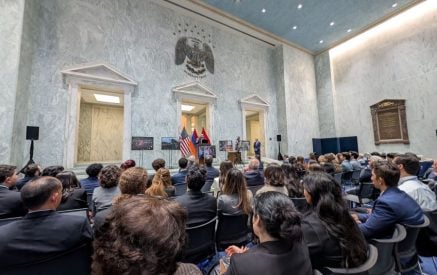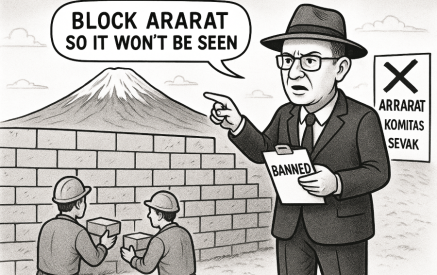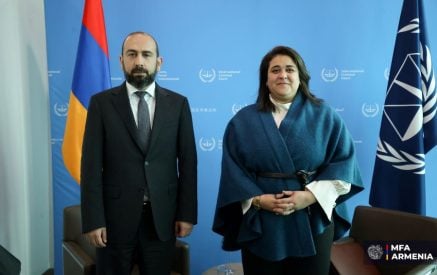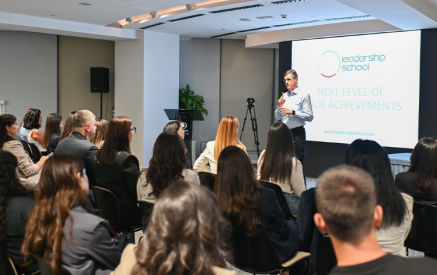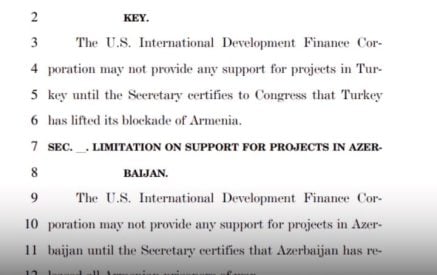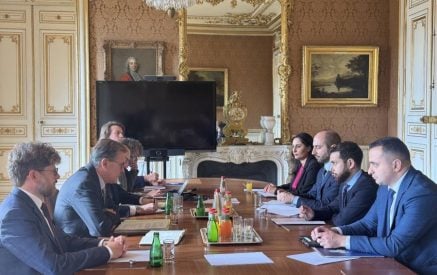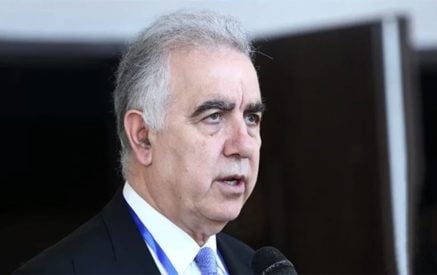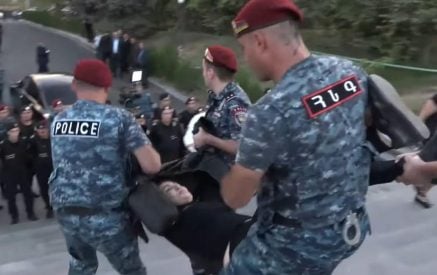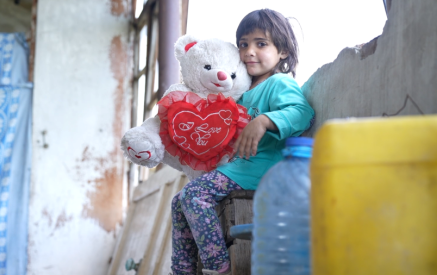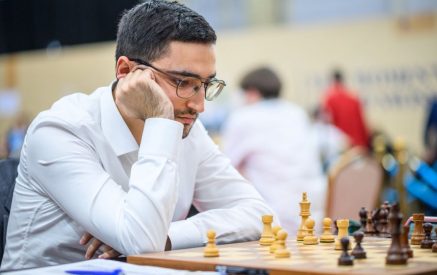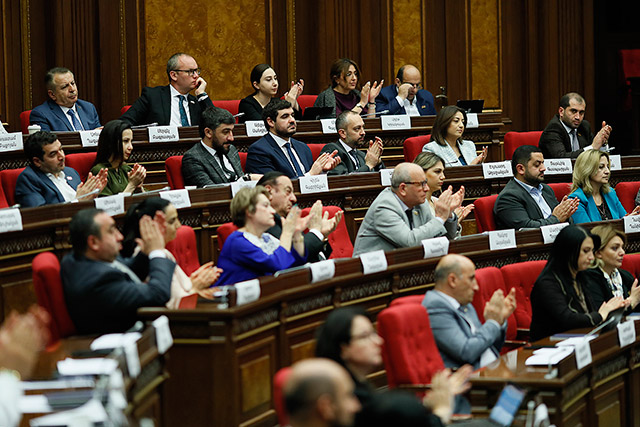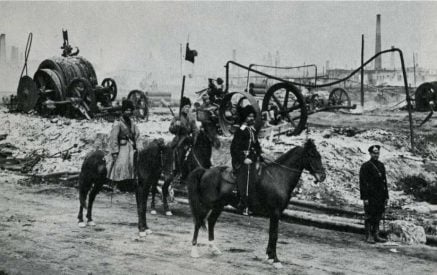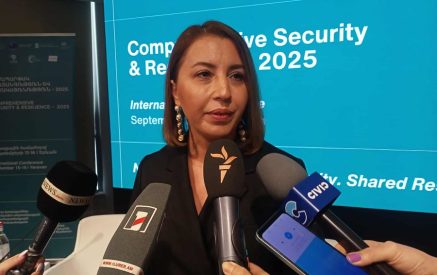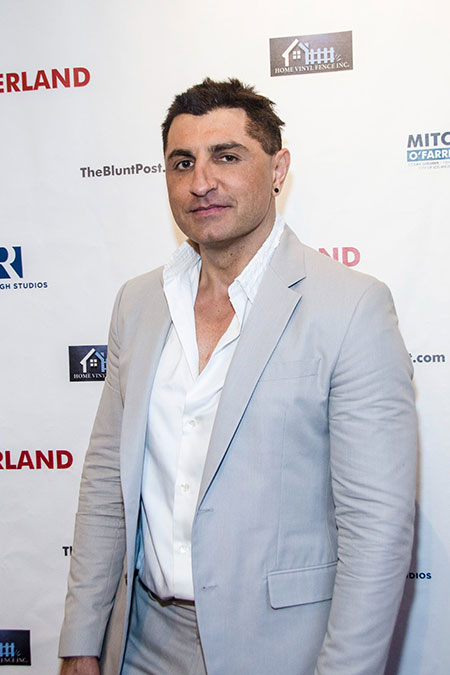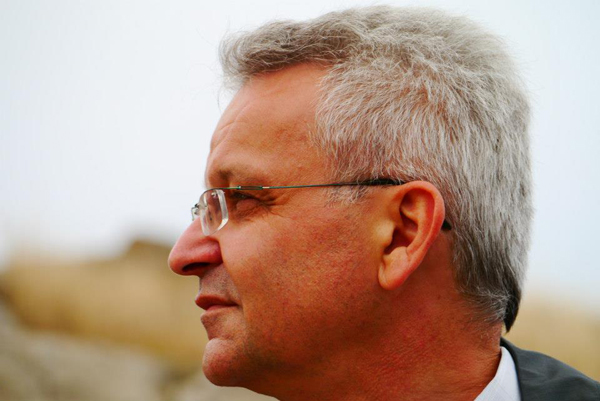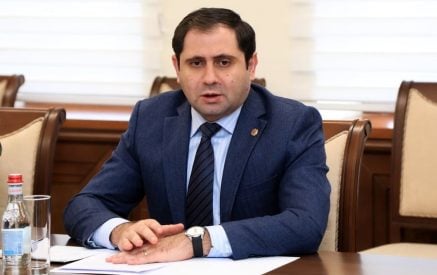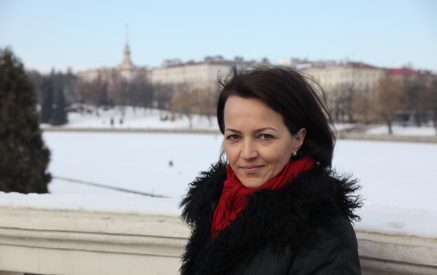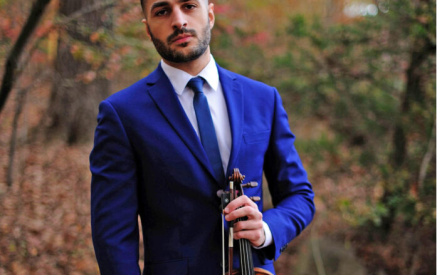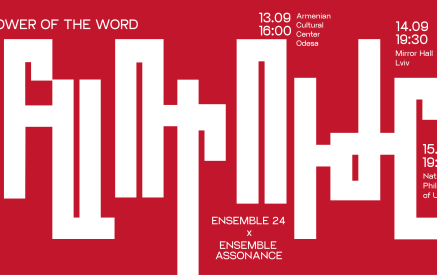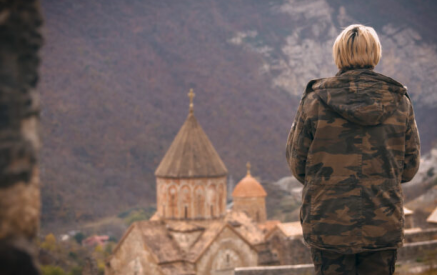The Formula of Living Smart
Back in 2003, Children of Armenia Fund (COAF) was founded to secure a future for children in Armenia’s impoverished rural villages through improved education, healthcare, community life and economic conditions. At present, the foundation is doing projects in the six regions of Armenia, in Armavir, Aragatsotn, Gegharqunik, Lori, Shirak and Tavush, in 44 rural communities and is considering further expansion through its next SMART project. SMART is designed to advance a generation across the rural world through education that will benefit individuals, societies and the environment. The first SMART centre is already under construction and will feature both tailored new offerings and proven highly effective programs implemented by COAF over the last decade, including digital libraries, multi-sensory programs for disabled youth, entrepreneurship training, civic engagement, apprenticeships, health education screenings and environmental and economic programs.
In her interview to Aravot.am, Esther Hakobyan, COAF Director of Programmes, details that the foundation has come up with the SMART initiative taking a retrospective look at the work they have already completed in their endeavours to address the gaps that were the responsibility of the state and society. “Let us consider, for instance, our school clubs in all our partnering schools. This type of clubs should be present in all the schools, irrespective of their location, for children to be able to develop their skills and extend their scope of interests. We have created this opportunity. Either the state assumes that schools should be autonomous in their management, or their plans simply remain on paper. COAF in its turn addresses this gap and encourages children to understand what their role is. It is important to note that we address gaps not only in the programme but also in the infrastructure.”
Speaking on the SMART initiative, Esther says “When we say SMART, most people relate it to technology. The 21st century makes it almost impossible to be smart without technology, however, we relate SMART to a smart approach to our work. As our work mostly focuses on rural areas, we envisage more a smart village to be able to help the residents of rural communities to manage both their education, self-development and leisure opportunities in a more appropriate way. We decided to set up the SMART centre to respond to this need. I tend to joke oftentimes that in terms of extended opportunities, a SMART centre resembles the chambers for pioneers that used to be popular in Soviet times. In fact there is more to them, as besides the clubs, they also offer an extensive library, English language learning opportunities and youth community mobilization programmes. The SMART centre will also house debating and book clubs. Children will not only develop in one field but will afford opportunities of multifarious development in the open space. Our learners will be able to experiment in the field of their interests. Armenian schools tend to impose some constraints on their learners, a tendency that probably stems from the fact that working with hundreds of children implies maintaining classroom management and discipline. This impedes the self-expression of the learner. Apparently, learners with unsuccessful learning experience, who have communication problems, are often more gifted and can take part in school performances and demonstrate their potential. It is our intention to give children new opportunities for self-expression.”
Drawing parallels with TUMO Center Creative for Technologies, Esther says: “People often ask us how different we are from TUMO and we answer that the latter places a great emphasis on technologies. Having started with technologies, they have realized that they should extend other development opportunities. Actually, our vision is different from that of TUMO in its geography and extending equal opportunities to the children in rural areas.”
During our conversation, Esther also addressed the challenges in their work. She highlighted the transportation issue and said that they would appreciate the state support in this respect. “Buses run once or twice in villages and we cannot rely on public transport when transferring children to the centres.”
The director of programmes also mentioned the SMART rooms. “The SMART Centre is tremendous and is being built on 4,5 thousand square kilometers of land and its construction is likely to be completed in November. Meanwhile, to carry on with the SMART initiative in Lori, we have established SMART Rooms in Lori communities. In the past, we administered Creativity Labs at schools. However, as schools are closed institutions, and the community cannot make full use of the investments made in them, we came up with the idea of establishing a SMART room in the community centre. In its format, it resembles a creativity lab and is designated for the whole community. In some areas, SMART centres host city or town council meetings, which are filmed online and later posted on websites. We also deliver our classes of English language teaching and robotics in these rooms. In some areas, they host national celebrations or screening sessions for children. There are even SMART rooms, whose coordinators despite their insufficient knowledge of English, can help the learners study English with the help of technologies.
If in two years a decision is made to hand over these rooms to the city hall, the community might not be ready to assume the responsibility for its functions and finances, whereas we would not like the programme to suffer in terms of its productivity. At present, we are considering options for effective handover. By the way, our initiative of establishing SMART rooms in Tavush has led to the establishment of safe SMART rooms. We had SMART rooms established in frontier villages Koti and Aygehovit in Tavush. Shelters are usually housed in schools, and the venues for extracurricular activities are located far from the community centre, where those shelters are. Hence, we decided to establish the SMART rooms in the community centres, where the children can attend extracurricular classes and find refuge if, God forbid, something happened.”
Esther also highlighted the problem of attracting adults to SMART rooms, as one needs time to break the stereotypes for adults, despite their hectic schedule, to force them to come to a SMART centre even for a simple purpose to use Facebook. COAF seeks to engage as many people as possible in these centres for them to become a part of these spaces for entertainment and common interests.
When culture solves social issues
The Armenian General Benevolent Union (AGBU) was founded back on 15 April, in 1906 in Cairo, Egypt on the initiative of famous politician Poghos Noubar and outstanding leaders of the Egyptian Diaspora. The union is committed to promote the Armenian identity and heritage and provides a wide range of scholarships in Armenia
In her interview with us, Inessa Margaryan, AGBU Special Projects Coordinator, is happy to state that a year ago the AGBU moved to a new building and the presence of a new hall has given a new impetus to the delivery of cultural programmes. “Our donors gave us a special concert piano which helps us host high quality concerts on a regular basis. The admission to all concerts is free. It is our aim to provide the public with access to high quality music. As popular music is more in trend nowadays, we have tried to set up a platform for classical, jazz and ethnic music. In our hall, we host not only the musicians of different genres but also art historians. We host exhibitions in the whole building, extending opportunities to novice artists, designers of furniture, clothes or light fixtures to have their works exhibited.”
To our question on how Armenia benefits from all of this, Inessa Margaryan responds “We expose people to high-quality arts. We boast a huge army of followers in the social media, where we share with them the news of our upcoming events and cultural-educational programmes … If you feel like going to a jazz concert in Yerevan, you should pay at least 3000 AMD, whereas we don’t charge any admission fee trying to solve social issues in this way. Besides, contemporary classical music needs to be featured on a high-quality platform which we provide. Our followers are exposed to that level of culture which they would like to see in our country. In Armenia, not all artists can afford to rent a space, have their works exhibited and we have them solve this problem as well by setting a new benchmark every time.”
AGBU Special Projects Coordinators shared with us their plan to do a project related to contemporary Armenian literature. The project plans to engage schoolchildren and its development is already in progress. “Our area of expertise includes a similar project hosted by AGBU network of young professionals who organised a concert, to attend which people had to donate books.
Along with other programmes, AGBU also hosts Musical Armenia Programme (MAP) an initiative that connects aspiring and professional artists with Armenia’s rich musical heritage. While living in Yerevan, MAP participants take master classes and go to specialized lectures, train and network with top musicians, perform at local venues, attend concerts and festivals, and establish professional connections.
AGBU’s partnership with the Holy See of Etchmiatisn ensures that extracurricular instruction of arts and crafts takes place in Children’s Centres in Yerevan, Vanadzor, Etchmiatsin and Ashtarak. To showcase their work, the learners of these centres occasionally host exhibitions.
AGBU’s Armenian Virtual College (AVC) is a distance learning programme that seeks to facilitate Armenian studies through innovative technologies. AVC offers courses in Armenian history and culture in six languages, Armenian, English, French, Russian, Spanish and Turkish. AVC also revisits the Armenian experience by introducing a new multimedia E-book series. AVC delivers a virtual classroom to those students, who do not have access to traditional face-to-face Armenian educational programmes and complements the curricula of those who do. To this day, AVC has hosted students from more than 75 countries, among them Russia, the USA, South Africa and Venezuela. The AVC multimedia E-book is popular with readers from a wider range of geographic locations and enjoys more than 10 000 annual downloads.
Children as experts in 21st –century life skills
The TUMO Center for Creative Technologies that was created in 2011 on the initiative of Simonian Educational Foundation made an instant revolution due to its free facilities as a learning centre. The centre’s focus areas in education include digital media, game development, animation, web design and filmmaking.
TUMO delivers post-school instruction to thousands of young learners within the age range 12-18 in the field of digital media. The centre’s learners can develop practical skills and knowledge through specialized courses, workshops and master classes. TUMO learners have access to a wide range of workshops that help them acquire 21st century skills in the areas of 3D modeling, music, robotics, photography, and motion graphics.
Marie Lou Papazian is the CEO of Simonian Educational Foundation and the Managing Director of the TUMO Center for Creative Technologies. In her interviews, she occasionally notes that children should start their education at a very early age and that our educational environment requires system changes. She cites the example of Israel, a country, whose government predicted 20 years in advance the development of technologies. She says that a lot of families reported changes in the attitude and mentality of their children after the time spent in TUMO.
The centre’s website lists the success stories of the learners’ unquestionable achievements. 14-year-old Ashot Tarumyan who has been taking a programming course in the centre for 2,5 years has already created an algorithm that can solve Sudoku problem instantly.
TUMO does not only target children. In close cooperation with the Ministry of Defense (MOD) of Armenia, it launched an initiative of a new joint teaching programme for the conscripts of the Armenian Armed Forces in January 2017. During the new teaching project, the conscripts will learn computer programming, robotics, computer graphics, and digital music development.
The second centre was opened in Dilijan in January 2013. Two years later, the centre had its branch in Gyumri and TUMO programmes were then launched in Artsakh. The recent TUMO branch opened in Vanadzor in 2016.
Children united by arts and science in Europe
If the age of advanced technologies has made child entertainment easy, it has complicated the art of introducing children to the breakthroughs in arts and science.
The museums in Europe have long been serving as a non-formal education space for children who often have their classes here making use of respective mobile applications. The term “museum education” has long been in use.
London Science Museum that was founded in 1857 offers unique educational outreach programmes. The five floors of the museum house exhibits from medicine, astronomy, space and other spheres. In this museum, children can stand in the shoes of real scientists, control a rocket or even travel by a spacecraft.
There is a wide range of arts programmes delivered for children and adolescents in the UK and these programmes also guide them in their choice of profession.
In the summer of 2017, aspiring filmmakers and actors can join a residential summer camp in St. Catherine’s Bramley boarding school, located within a distance of an hour-ride from London. Cambridge School of Arts and History will host workshops of photography, painting, graphic and interior design. King’s Edward School will resume its delivery of music, dancing and arts classes for children in summer and Beau Soleil boarding school will integrate classes of circus arts into its summer camp programme.
In Neanderthal museum, located not far from Dusseldorf, children can explore the site of the first Neanderthal man. In this museum, children are encouraged to learn about the daily life of their ancestors and spend some time in the caves. They can learn how to make a fire without matches and test their Stone Age survival skills by making tools and weapons.
National Art Museum in Ukraine hosts monthly master classes for families. During these classes, 6-8-year-old children learn history of arts and 10-12-year-old children learn more about art genres by attending academic classes on Saturdays and practical ones on Sundays.
Gohar HAKOBYAN


